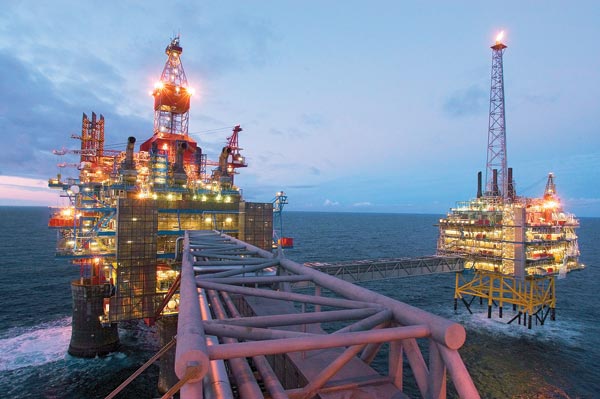Sustainable Energy
Coping with CO2



Accounting for inflation, average electricity prices have held steady over the last 50 years. On the positive side, this has made electricity an engine of economic growth around the world. On the negative side, demand for inexpensive power has steadily increased, reaching 18 trillion kilowatt-hours in 2006. New, cleaner forms of power must produce electricity for between two and four cents per watt if they are to compete with coal and natural gas.
Cap-and-trade and carbon-tax proposals would make alternative energy sources more competitive by raising the cost of coal-generated electricity. But current proposals, including provisions in the American Clean Energy and Security Act being considered by the U.S. Senate, set too low a price on carbon emissions to negate the cost advantages of fossil fuels (see “Clean-Energy Bill Will Have Little Impact”). Coal and natural gas will dominate electricity generation for the foreseeable future. Worldwide, coal plants were responsible for 41 percent of electricity generation and about 25 percent of total carbon dioxide emissions in 2006–more than 7.5 billion tons for the year. Natural-gas plants provided 20 percent of global energy, for about 1.6 billion tons of carbon dioxide. According to the U.S. Energy Information Administration, by 2020 the amount of electricity produced by coal and natural gas will increase by 40 and 60 percent, respectively.
Dealing with carbon emissions is thus the biggest challenge facing the electricity industry. It is vital to demonstrate large-scale techniques for capturing carbon dioxide emissions from coal and natural-gas plants and storing the pollutants underground. Many studies suggest that geological formations can store hundreds or thousands of gigatons of carbon–decades’ worth of emissions. But questions remain. Is it possible to pump carbon dioxide into the reservoirs fast enough to keep up with power production? What if the formations fracture and the gases pour back into the atmosphere? Who owns the reservoirs? Who’s responsible for leaks?
Perhaps most pressing: can billions of tons of carbon dioxide be captured and stored economically? The Belfer Center for Science and International Affairs at Harvard University estimates that handling each ton of carbon will cost between $100 and $150 for first-generation carbon-capture plants, with costs dropping to $30 to $50 a ton for later plants.
Nuclear power is also an inevitable part of the future if targets for greenhouse-gas emissions are to be met. Like fossil fuels and unlike intermittent renewable power sources such as wind and solar, nuclear can provide the steady, on-demand supply of base-load electricity needed to keep the grid running. Nuclear power accounted for 19 percent of electricity generated in the United States and 14 percent worldwide in 2006, and experts expect nuclear generation to grow by 26 percent worldwide by 2020. But nuclear faces plenty of challenges, such as local opposition to new plants and the difficulty of developing a long-term strategy for handling radioactive waste. It also can’t compete with fossil fuels on price. Building a nuclear plant costs roughly $107 per megawatt-hour, compared with $84 per megawatt-hour for a natural-gas plant.
Although both fossil fuels and nuclear power are bound to play major roles in the nation’s energy future, federal investment in these critical technologies has been lacking. “We are just not moving with enough urgency on developing carbon-capture and sequestration technology,” says Steven Specker, president and CEO of the Electric Power Research Institute in Palo Alto, CA. What’s more, he warns, we’ve let nuclear manufacturing capacity “deteriorate” and must start thinking about rebuilding it now. “By 2020,” he says, “it will be too late.”
Chart credit: Tommy McCall